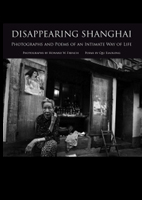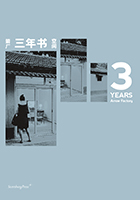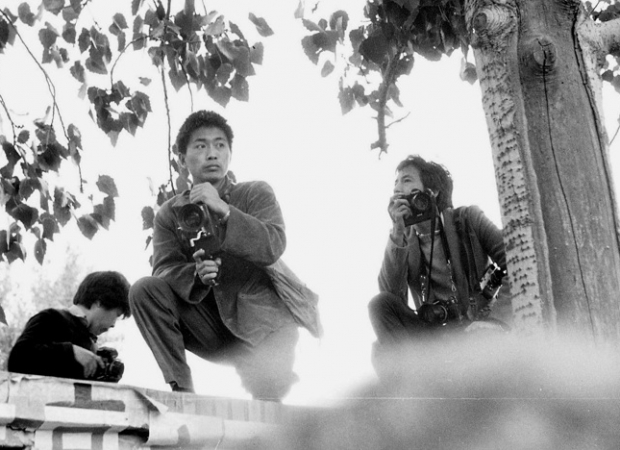Appalachia Comes to Anhui
This past fall, my colleague Sun Yunfan and I were preparing to bring Coal+Ice, the documentary...
This past fall, my colleague Sun Yunfan and I were preparing to bring Coal+Ice, the documentary...

A little over month ago, I found myself traveling to rural Anhui province. Coal+Ice, the documentary photography exhibition I had produced for Asia Society, had been invited...
The writer who can really shoot—the dream of generations of penny-pinching newspaper editors—is the rarest of creatures. Because I’ve failed at it enough times to know the difference between snapping off a few frames between interviews and really...

This book is a photographic exploration of life in the old and rapidly disappearing quarters of Shanghai, with accompanying poems and essays by the author of fiction and poetry, Qiu Xiaolong.
The photographs, all taken in a documentary style over a period of five years, represent an intimate and invaluable visual natural history of a way of life in the workers quarters and other central districts of the city that held sway throughout the 20th century and into the early years of the 21st century, before yielding to the ambitious ongoing efforts at urban reconstruction.
This is a story that sounds familiar, that we think we know or can imagine: old houses torn down for luxury malls, ordinary people poorly compensated, an intimate way of life replaced by highways and high-rises.
All of this is happening in...
(Part 2) Li Zhensheng, a newspaper photographer who was active in the 1960s in northern China, documented the country’s Cultural Revolution, in honest, cinematic images.
Li Zhensheng’s photographs of the Culutural Revolution are perhaps the most complete and nuanced pictorial account of the decade of turmoil ignited by Mao Zedong.
Mr. Li was a photojournalist for the local paper in Harbin, capital of China...
In 1957, the filmmaker Agnès Varda assumed the role of photographer during a two-month journey around both urban and rural China with a delegation of French dignitaries. Fifty-five years later, Varda resolved to display the photographs she took...

China exists today in a liminal realm, caught between the socialist idealism of old and a calamitous drive for wealth spurned by recent free market reforms. This seemingly unbridgeable gap tears at the country’s social fabric while provoking younger generations to greater artistic heights. The unique sound emerging from Beijing’s underground delves deeply into this void, aggressively questioning the moral and social basis of China’s fragile modernity even as it subsists upon it.
Tricia Wang may hold the record for most Instagram photos taken on Chinese trains. A sociologist, ethnographer, and corporate consultant who studies global technology use among migrants, low-income people, youth, and others on society’s fringes,...
China's photographic record begins only in the 1970s because nearly all earlier pictures were destroyed. The ones that survived are mostly outside China, and a major effort is now under way to bring them together online, says the BBC's Mary Ward-...

Arrow Factory is an independently run art space located in a narrow 200-year-old alleyway in the center of Beijing. Founded in 2008, Arrow Factory reclaimed an existing storefront and transformed it into a space for site-specific installations and projects by contemporary artists that are designed to be viewed from the street twenty-four hours a day, seven days a week.
High above one of the world's busiest and most congested city streets, urban apiarist Michael Leung runs his crusade for conscious local food, documented in Virgile Simon Bertrand’s inspiring photographs. Leung founded HK Honey as a way of using...

As a Hong Kong-born Chinese who is a naturalized U.S. citizen, it’s hard to pinpoint my first trip to China; at least, one that I remember clearly, for my real first trip was as a toddler, in 1953 in the arms of my mother who carried me to her...

One of the longest and most dramatic trade routes of the ancient world, the Tea Horse Road carried a crucial exchange for 13 centuries between China and Tibet. China needed war horses to protect its northern frontier, and Tibet could supply them. When the Tibetans discovered tea in the 7th century, it became a staple of their diet, but its origins are in southwest China, and they had to trade for it.
I have seen some woeful scenes of industrial apocalypse and pollution in my travels throughout China, but there are very few images that remain vividly in my mind. This is why the photographs of Lu Guang are so important. A fearless documentary...